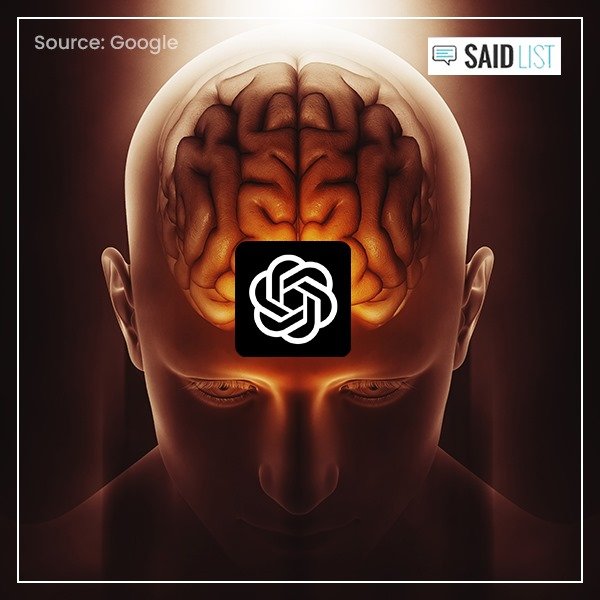Have you ever wondered about the origins of one of the most colourful and vibrant festivals of India? Janmashtami celebrates the birth of Lord Krishna, one of the most beloved Hindu deities. If you’ve never experienced it before, you’re in for a treat. This festival brings together devotion, mythology, dance, and lots of delicious food.
On Janmashtami, Hindus commemorate Krishna’s birth by fasting, chanting, and staying up until midnight – the time Krishna was born over 5,000 years ago. People dress up as Krishna and Radha, Krishna’s consort, and reenact their divine love. Temples are beautifully decorated. Stories of Krishna’s playful childhood antics are told and his praise is sung.
But the real highlight is the delicious food. Temples and households are filled with buttery sweets, creamy curries, and savoury snacks that Krishna was said to love. Not to mention, the lively dancing and singing that continues late into the night in celebration of the God of love and joy.
Whether or not you’re familiar with Krishna, Janmashtami is an explosion of colour, sound, and flavour that’s sure to delight all the senses. This year, why not join in the festivities and experience the wonder of this very special day for yourself? The birth of the divine is cause for revelry, after all!
The History and Significance of Janmashtami
Janmashtami celebrates the birth of Lord Krishna, one of the most popular Hindu deities. According to the Hindu calendar, Krishna was born on the eighth day (Ashtami) of the dark half (Krishna Paksha) of the month of Shravana.
The Story of Krishna’s Birth
The story goes that Krishna’s uncle, King Kamsa, heard a prophecy that the eighth child of his sister Devaki would kill him. To prevent this, Kamsa imprisoned Devaki and vowed to kill her children. However, Krishna, the eighth child, was spirited away to be raised by foster parents, Yashoda and Nanda.
Krishna grew up in Vrindavana, where he enchanted all with his playful antics, compassion, and wisdom. He later returned to Mathura, slayed his uncle, and restored his parents to the throne.
Celebrations and Rituals
On Janmashtami, devotees fast until midnight, the time of Krishna’s birth. Temples are beautifully decorated, and events are held depicting Krishna’s life. At midnight, devotees break their fast and offer prayers to the newborn Krishna.
Dahi Handi, where young men form human pyramids to break open pots of butter or curd hung high up, symbolizes Krishna’s love of butter as a child. Raslila dance dramas recreate the joyful moments of Krishna’s life in Vrindavana.
Janmashtami is a time for Hindus to strengthen their devotion to Krishna by reflecting on his teachings and noble qualities. By honouring Krishna’s birth, we are reminded of the light and wisdom he brought into the world.
Common Beliefs and Rituals of the Janmashtami Festival
Every year, Krishna devotees come together to celebrate Krishna Janmashtami, the birth of Lord Krishna. If you want to join in the festivities, here are some of the common beliefs and rituals you can expect.
Common Beliefs
Krishna devotees believe that Lord Krishna incarnated in the form of a human child over 5,000 years ago on the eighth day of the dark half of the month of Bhadrapada. Janmashtami marks the day Krishna was born to Devaki and Vasudeva in Mathura.
According to the Bhagavad Gita and Puranas, Krishna’s birth was miraculous. At the time of his birth, Mathura was ruled by his uncle King Kamsa, who was warned that Devaki’s eighth son would kill him. To prevent this, Kamsa imprisoned Devaki and Vasudeva and killed their first six children. But Krishna was born secretly and smuggled outside the prison to be raised by foster parents Nanda and Yashoda.
Popular Rituals
On Janmashtami, devotees fast, sing bhajans, chant mantras, and read scriptures like the Bhagavad Gita. Temples are beautifully decorated, and priests perform special pujas and aartis. At midnight, devotees break their fast and share prasad or consecrated food.
One of the most popular rituals is Dahi Handi, where communities come together to form a human pyramid and break open a clay pot filled with buttermilk and curd, suspended high up. Whoever breaks the pot gets a prize! The ritual commemorates Krishna’s love of butter and mischievous childhood antics.
By understanding the meaning behind these beliefs and partaking in the festive rituals, you too can feel close to Lord Krishna and join in celebrating his birth on Janmashtami.
How People Celebrate Krishna Janmashtami Across India
Across India, Krishna Janmashtami is celebrated in many ways. Some of the most popular traditions include:
- Decorating homes and temples. People decorate their homes, courtyards and temples with flowers, lights and other colourful decorations. Images or idols of Lord Krishna as a child are also beautifully decorated.
- Fasting. Devotees observe a day-long fast to honour the birth of Lord Krishna. The fast is broken at midnight, the time Krishna is believed to have been born.
- Prayers and hymns. People gather at temples to sing prayers, hymns and chant the name of Lord Krishna. Devotional songs called bhajans dedicated to Krishna are sung.
- Plays and dramas. Folk plays depicting the life of Krishna as a child are performed, like the popular Raslila. People dress up as characters from Krishna’s childhood and adolescence in Vrindavan.
- Feasting. At the stroke of midnight, the fast is broken by feasting on prasad, especially makhan misri – fresh butter, honey and curd. Sweets made of milk products are also popular, as Krishna loved dairy products.
- Dahi handi. An exciting tradition where a clay pot filled with buttermilk and curd is suspended high up. Young boys form human pyramids to reach and break the pot, similar to Krishna stealing butter.
- Visiting temples. People visit their local Krishna temples to offer prayers and seek blessings. The temples are beautifully decorated and special pujas are performed.
How Krishna Janmashtami is celebrated depends on regional traditions and personal faith. But across all celebrations, the devotion and joy in commemorating the birth of the beloved Lord Krishna are common threads.
Conclusion
So there you have it, an inside look at the beautiful festival of Krishna Janmashtami and how it honours the birth of one of Hinduism’s most popular deities. Whether you celebrate with fasting, dancing, praying or feasting, Krishna Janmashtami is a time for Hindus around the world to reflect on Krishna’s teachings of love, devotion and playfulness. Even if you’re not Hindu, you can still appreciate the colourful traditions, heartwarming stories, and important life lessons associated with this special day. Krishna’s message of living joyfully and spreading kindness is something we could all use a little more of.











